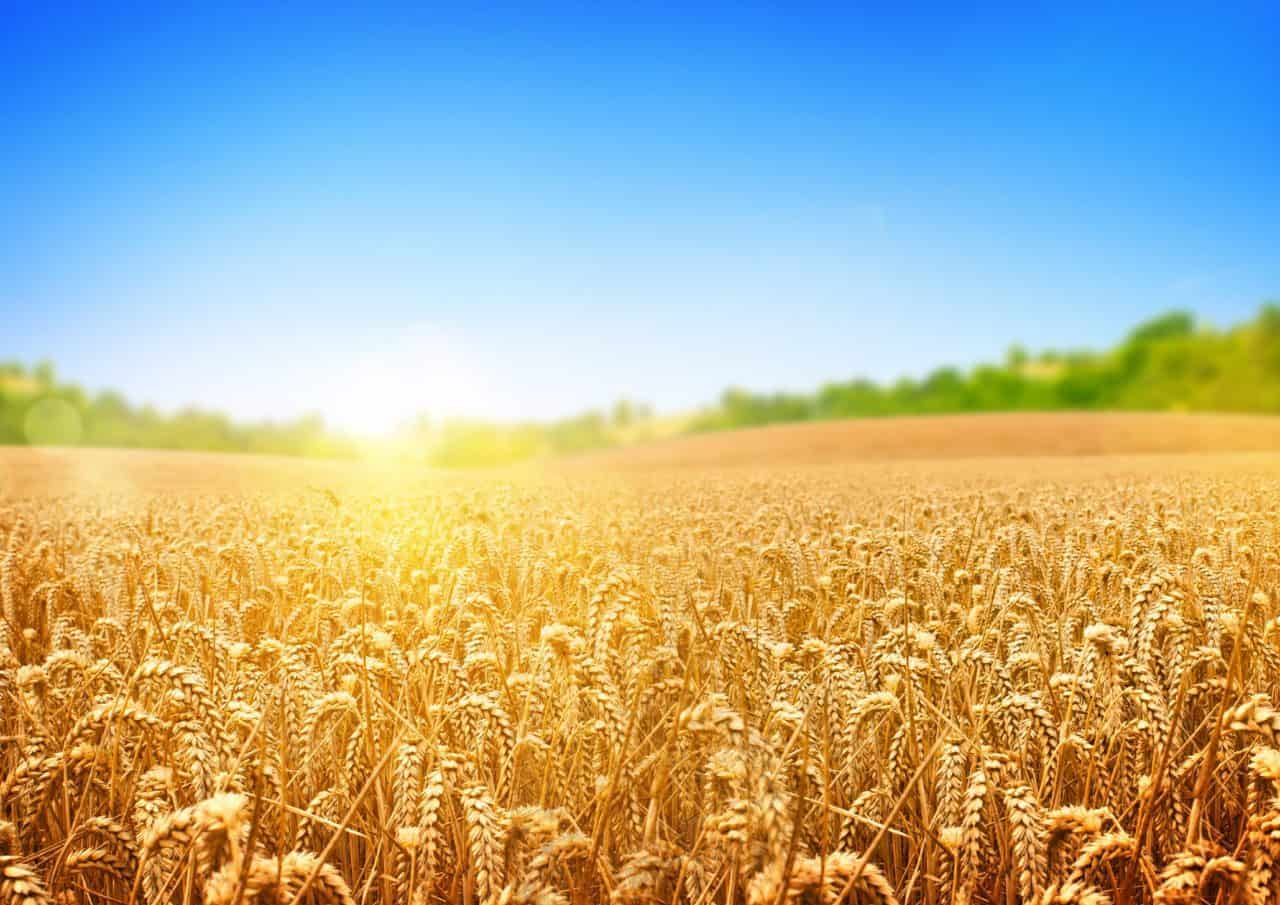By Frank Sperling, Senior Project Manager in the Integrated Biosphere Futures Research Group of the IIASA Biodiversity and Natural Resources Program
Frank Sperling shares his reflections on issues around sustainable and transformational food production in the context of the UN Food Systems Summit.
Bringing together stakeholders from around the globe, the United Nations Food Systems Summit (UNFSS) calls attention to the opportunities, challenges, and promises that the transformation of our food systems can hold to advance sustainable development.
This transformation needs to happen, while the ongoing Covid-19 pandemic reminds us of the manifold vulnerabilities embedded in our food systems, the inter-dependence of our societies, and the entanglement of human and natural systems. The increases in weather and climate extremes that can clearly be attributed to climate change, ongoing biodiversity loss, environmental degradation, and pollution further illustrate that food systems need to manage a broad range of compounding risks and pressures that play out over different spatial and temporal scales. Advancing and securing gains towards the Sustainable Development Goals (SDGs) will not only require meeting multiple economic, social, and environmental objectives, but also demand pathways that ensure a safe navigation through a treacherous and shifting risk landscape. But how do we build resilience into the food system while transforming it at the same time?
Great strides have been made in technologies and practices that can help food systems manage existing and emerging risks. For example, on the production side, timely access to seasonal forecasts and early warning information coupled with extension services can help farmers to make the right decisions for planting and to anticipate, adapt, and cope with possible shocks. Precision agriculture, which harnesses advances in technology to ensure optimal health and productivity of crops and soils, can reduce the need for inputs. Diversification of livestock and agricultural traits can help farmers to reduce production risks in marginal environmental conditions.
Minimizing the spillover risk of zoonotic diseases, mitigating, and adapting to climatic and environmental changes place additional demands on food systems, but also offer new opportunities. Living sustainably requires comprehensively managing land use, enabling for food production, but maintaining and recovering critical ecosystem goods and services, such as carbon and biodiversity. It requires advancing nature-based solutions, where nature is seen as an ally and not an adversary in delivering on development objectives. Strengthening natural capital accounting and incentivizing environmental stewardship by rewarding actors in the food system for efficient and sustainable management of natural resources, and appropriately informing consumer choices will be important ingredients in reducing the environmental impact as well as environmental vulnerabilities of food systems.
The transformation of the food system is an ongoing process. It is therefore important to understand the impact of different changes across the system. Shifts to healthier diets can have important co-benefits in reducing pressure on the environment and natural resources. Such transformation implies, however, that shifts in demand are also matched by shifts in supply, reflecting appropriate adjustments of agricultural production. To accommodate such system shifts and facilitate system transitions over time, the social resilience and adaptive capacity of society must be addressed accordingly.
Food systems operate at different scales, ranging from local to global. Consequently, the role of trade in ensuring food security and human welfare across a range of contexts is critical. Several countries are already dependent on food imports. Trade can help the food security of regions where agricultural activities become less viable with progressive climate change. At the same time, the changing exposure to socioeconomic and environmental risks arising from the increasing inter-connectivity of societies and economies also need to be addressed, as illustrated by the current pandemic. The evolution of food systems has been largely shaped by a drive for efficiency. We must now consider carefully where efficiency needs to be (counter)balanced with an effort to promote greater diversity, and where we must build in greater redundancy to help manage the variety of risks facing food systems.
Forward-looking approaches aimed at transforming food systems towards greater resilience and sustainability will require a suite of measures within, as well as outside food systems. Such measures entail helping livelihoods and sectors to reduce their vulnerabilities and risk exposure, while also enabling the agility of food systems to manage future risks, avoiding lock-in of structures, which would become mal-adaptive over time. Achieving such transformation will depend on increased collaboration and trust building across sectors, enabling innovation in technologies and practice, strengthening of training and capacity development, and on the improvement of safety nets for reducing vulnerabilities to shocks and managing the social transition. Above and beyond, it requires re-calibrating the connection of food systems with other sectors and systems, such as health, environment, energy, and infrastructure.
The UNFSS in conjunction with the upcoming UN Climate Change Conference in Glasgow (UNFCCC COP26), and the UN Conference on Biological Diversity in Kunming (CBD COP15), are a formidable call to action for political leaders, decision makers in the public and private sectors, scientists, development practitioners, civil society, and to society at large, to come together and jointly imagine and build resilient and sustainable food systems that place people and nature at the center before it is too late.
This blog post was first published on the website of the International Science Council. Read the original article here.
Note: This article gives the views of the author, and not the position of the Nexus blog, nor of the International Institute for Applied Systems Analysis.


You must be logged in to post a comment.